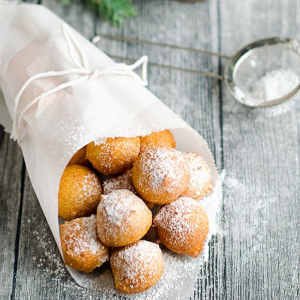Yesterday, we looked at some of Croatia’s most beloved main dishes. Today, we’ll explore the hinterland of Croatian Breads, Desserts and Beverages. Some may seem familiar to you. With others, though, we’ll be covering new ground. All are delicious and uber fattening!
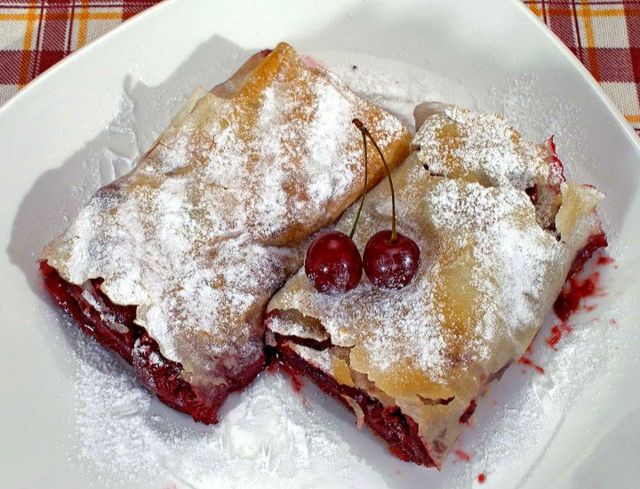 Croatian Strudel: The traditional filling is cherry compote. It’s very similar to its German
Croatian Strudel: The traditional filling is cherry compote. It’s very similar to its German
cousin of the same name, but Andrea Pisac, author of croatiahonestly.com blog,
says there’s nothing to compare with home made Croatian Strudel Pastry!
Croatia’s national cookbook not only boasts a wealth of fish and seafood dishes, but also a universe of meat-based soups and stews. They prefer dumplings and noodles to potatoes or other starches as accompaniments, but they also love their bread and hundreds of kinds and variations are made. Desserts, as in many Eastern Mediterranean realms, are sweet and decadent. Beverages also make a distinctive mark on the menu.
Breads
Masna Pogača: This rich yeast-raised bread is usually baked as a pull-apart clump of buns. Among the distinctive features of the recipe is the generous use of fat.
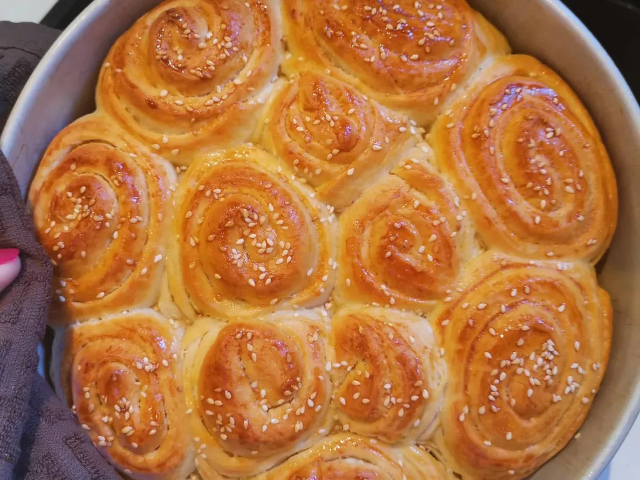
The dough is traditionally smeared with fat or margarine and folded three times. This gives the bread a unique colour, flavour and texture. After baking, it’s usually brushed with beaten egg yolks to impart a golden finish and a crispy crust.
Lepinja: Like most Eastern Mediterranean cuisines, Croatian has its own version of flatbread. Lepinja is, however, a yeast-raised bread which features a spongy interior. Like most other flarbreads, it’s composed primarily of four, salt and water. It’s baked quickly at high temperatures. Lepinja is considered a must when making Cevapi, a recipe that relies on small minced Sausages and is a favourite throughout the Balkans.
Kruh Ispod Peke: This is another simple yeast-raised bread, but one baked in a large, flat round loaf under the Peka dome, in the fire pit.
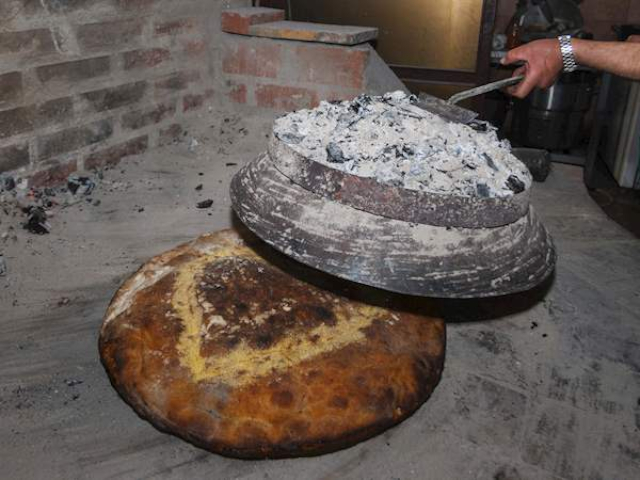
Because of the relaively low temperatue, it takes 45 min. to an hour to bake. Master bakers know when the bread is read by knocking on the crust and judging the sound.
Vrtanj: This is a traditional savoury Easter Bread made with wheat flour, corn flour, yeast, warm milk, sugar, lukewarm water, eggs, pepper, and leftover water from the boiling of the Easter Ham. It’s usually formed into a ring with a hole in the middle, and brushed with a beaten egg before baking to ensue a crispy, golden crust. Especially for Easter, a decorated Easter Egg is placed in the centre.
Desserts
Strudel: It’s very similar to its German cousin of the same name, but Andrea Pisac, author of croatiahonestly.com blog, says there’s nothing to compare with home made Croatian Strudel Pastry. The traditional; filling is, again Cherry Compote. Like bread bakeries, dessert shops are everywhere you go, everywhere you look in Croaia!
Madjaricas: Croatia’s traditional layer cake is built carefully from many more layers than we’re used to in North America, and – consequently – more layers of rich frosting.
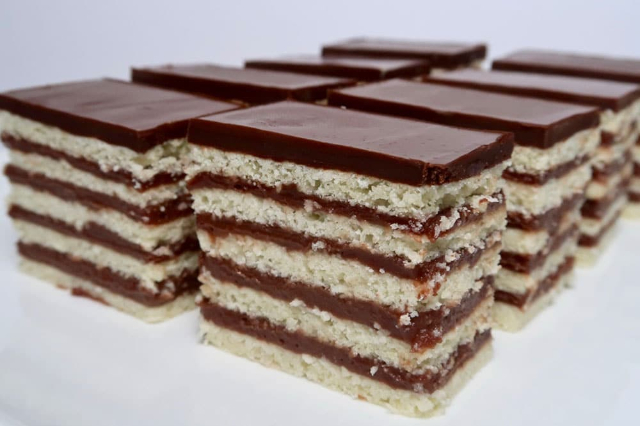
“It’s the Christmas sweet that disappears first, and the birthday dessert no mother can refuse to make for her child,” Pisac relates.
Fritule: Croatia, like many other countries we’ve visited, has its own version of the min-doughnut (see photo, top of page). But the Croats lovingly dose theirs with booze: rum, rose liqueur or grappa. The yeast-raised dough is spiced and flavoured with Citrus Peel, then deep fried and dusted with powdered sugar. This much-beloved treat is customarily made and eaten during the period leading up to Christmas.
Orehnjača / Povitica or Makovnjača: Walnut or Poppy Seed Roll. This is, hands-down, Croatian culture’s most cherished symbol of ‘family life and warmth’.
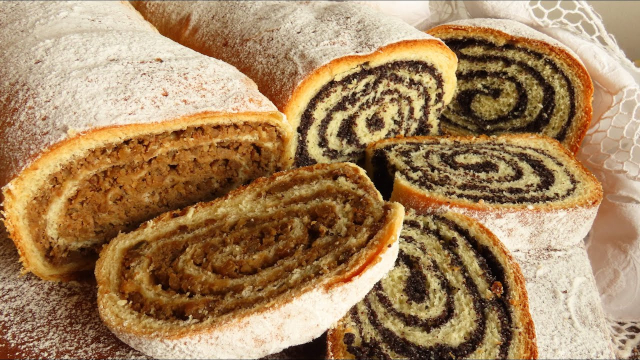
Some prefer it bready while others prefer it cakey. Some recipes call for a light layer of nut paste while others insist on a thick layer. You’ll decide how you like it once you start making it regularly!
Priločki klecinprot: Traditional Croatian Fruit and Nut Loaf. And another seasonal must-make for Christmas!
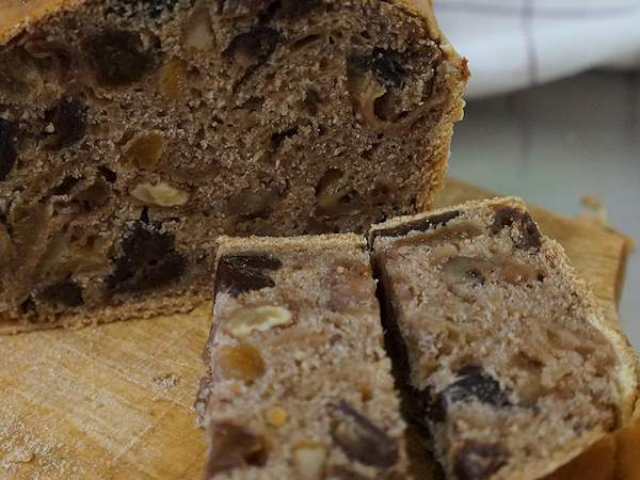
This boozy loaf features a healthy dose of dried fruits soaked in soaked in rum or Rakija (Schnapps) for no less than a week. While macerating, the fruit should be gently stirred once daily.
Kremšnita: The Croatian desert cookbook contains many recipes for custard-filled pies, squares and cakes. One of the most favoured is Kremšnita, a thick custard layer on a plain short or puff pastry base with a p0uff pastry crust. But there are many version, some featuring a Whipped Cream layer, some topped with a Chocolaty glaze; all are finished with a dusting of powdered sugar. It’s fast and easy and celebrates the3 Croatian love of anything with Custard in it!
Beverages
Wine: Like all Balkan countries. Croatia has a long history of wine making. Since wine became fashionable a couple of decades ago, Croatia vintners have expanded their traditional range of styles from simple Red and White to a whole range of ‘colours’ and blends. Also like othe3r Bankan neighboiurs, Croatian wines are consi9dered og high quality.
Beer: One of the most-consumed drinks in Croatia after water, Beer was focused tightly on Pilsner style (common also in Germany and the Czech republic), and there wasn’t much else coming out of the big commercial breweries. But Beer, too, has become chic in Croatia as it has in other countries around the world, and a whole new craft Beer industry has popped up across the land. If you like good beer, those in the know say you’ll love the regional Croation brews!
Grappa: This strong Brandy is distilled from grapes and often contains other flavouring ingredients such as herbs, mistletoe walnuts, honey, carob and myrtle, to name a few. Unless you’re fairly adventurous, order the plain type, called Loza. Certain types of Grappa are known as Rakija.
Prosek: Not, as the name might suggest, a cousin of bubbly Italian Prosecco, this is a sweet dessert wine made from dried fruits which contain concentrated sugars, flavours and colours. They often top 15 percent AVB (alcohol by volume), the minimum to be certified a true sweet dessert wine in Croatia. It takes many times more fruit to make Prosek than it does to make regular wine, it costs considerably more to make and buy.
And that’s our on-the-fly survey of Croatian Breads, Desserts and Beverages. There’s lots more in each of those culinary categories to tempt your taste buds, so get Googling and explore the recipes and traditions for yourself! I can suggest, as a place to start, a few of my favourite Croatian recipe websites: chasingthedonkey.com, croatiahonestly.com, and frankaboutcroatia.com.
Next time…
Next time we venture abroad on a culinary mind expedition, we’ll sample the cuisine of Hungary. And I can tell you, there’s much, MUCH more there than Goulash!
~ Maggie J.

